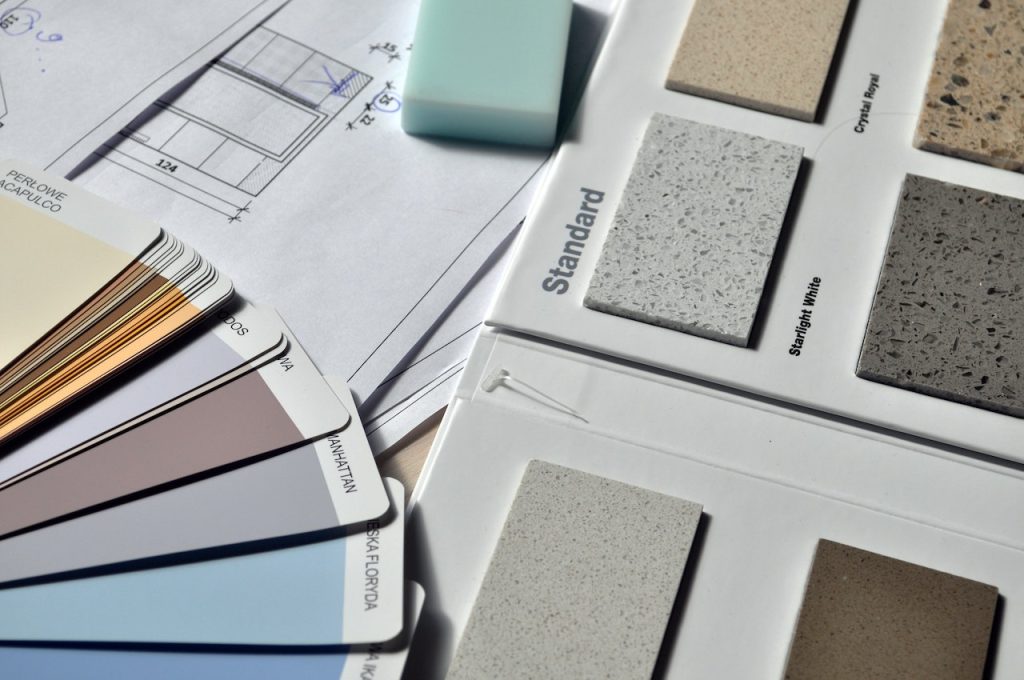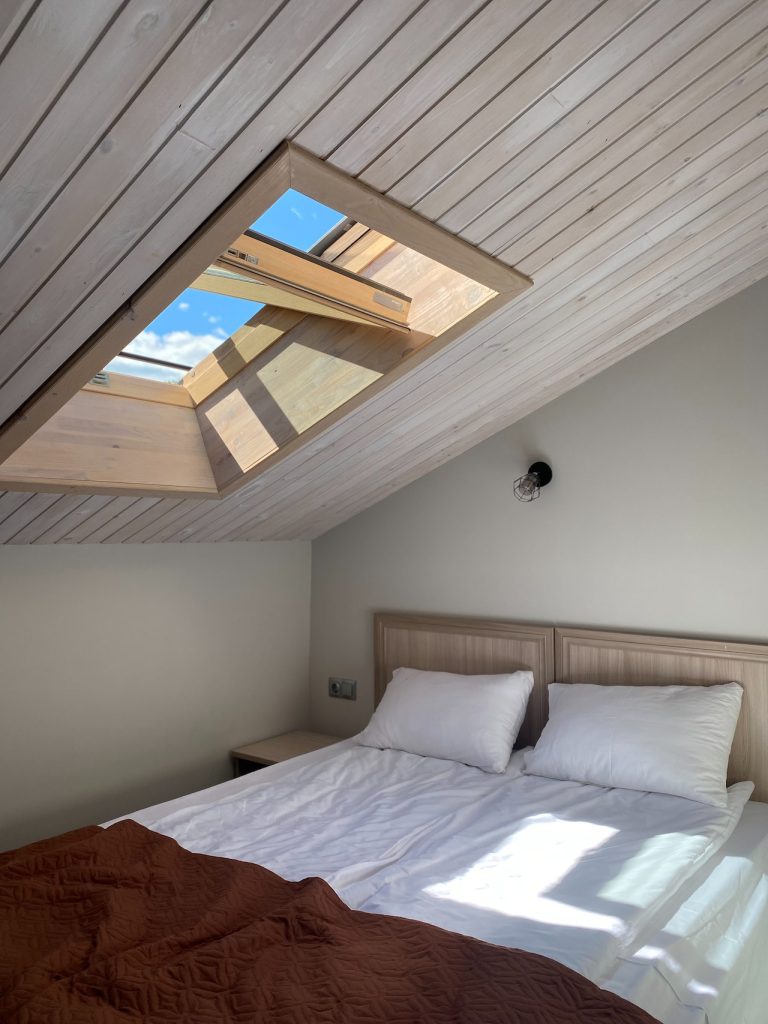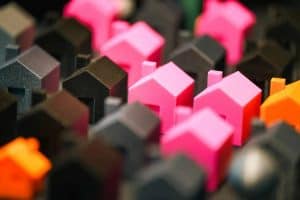In recent years, there has been a growing emphasis on sustainability across various aspects of our lives. From energy consumption to waste management, people are increasingly aware of the impact their choices can have on the environment. This awareness has also extended to the realm of home design.
Embracing sustainability in home design is not only beneficial for the planet but also for homeowners themselves. This article explores the concept of sustainability in home design, highlighting key principles and innovative ideas that can be incorporated into creating environmentally friendly homes.
Understanding Sustainability in Home Design
Sustainability in home design encompasses multiple aspects, including energy efficiency, sustainable materials, water conservation, intelligent home systems, indoor air quality, and adaptable design. It focuses on finding a balance between human needs and the natural environment. By embracing sustainable practices, homeowners can create a harmonious and eco-friendly living space that aligns with their values.
Energy Efficiency: Designing for a Greener Future
Incorporating Solar Power
One of the most effective ways to enhance energy efficiency in homes is by harnessing the power of the sun. Installing solar panels on the roof allows homeowners to generate clean and renewable energy, significantly reducing reliance on fossil fuels. Solar power can be utilized for heating, cooling, and powering household appliances, making it a sustainable and cost-effective solution.
Maximizing Natural Lighting
Proper utilization of natural lighting can greatly reduce the need for artificial lighting during the day. Designing homes with large windows, skylights, and light tubes enables ample sunlight to enter the living spaces, creating a bright and inviting atmosphere. Not only does this contribute to energy savings, but it also promotes the well-being of occupants by providing a connection to the outdoors.
Insulation and Ventilation
Optimal insulation and ventilation play a crucial role in energy efficiency. Well-insulated homes can maintain comfortable indoor temperatures throughout the year, reducing the need for excessive heating or cooling. Additionally, implementing proper ventilation systems ensures fresh air circulation while minimizing energy loss. This creates a healthy and sustainable living environment.
Sustainable Materials: A Foundation for Eco-Friendly Homes
Recycled and Reclaimed Materials
Choosing recycled and reclaimed materials for construction and furnishings significantly reduces the demand for new resources. Materials such as recycled metal, reclaimed wood, and salvaged fixtures not only add character to a home but also contribute to waste reduction and environmental preservation.
Low-VOC Paints and Finishes

Volatile organic compounds (VOCs) present in traditional paints and finishes release harmful pollutants into the air, contributing to poor indoor air quality. Opting for low-VOC or zero-VOC paints and finishes ensures a healthier living space by minimizing toxic emissions. Furthermore, eco-friendly paint options are available in a wide range of colors and finishes, offering ample choices for creative expression.
Bamboo and Cork Flooring
Bamboo and cork are sustainable flooring options that have gained popularity in recent years. Bamboo is a rapidly renewable resource, growing much faster than traditional hardwood trees. Cork, on the other hand, is harvested from the bark of cork oak trees without causing harm to the trees themselves. Both materials are durable, aesthetically pleasing, and offer natural insulating properties.
Water Conservation: Responsible Resource Management
Water-Efficient Fixtures
Incorporating water-efficient fixtures such as low-flow toilets, faucets, and showerheads can significantly reduce water consumption without compromising functionality. These fixtures are designed to optimize water usage, ensuring that only the necessary amount is utilized while minimizing wastage. Water-saving technologies contribute to sustainable water management within homes.
Rainwater Harvesting Systems
Rainwater harvesting systems collect and store rainwater for various non-potable uses, such as landscape irrigation, toilet flushing, and laundry. By utilizing rainwater instead of relying solely on municipal water supplies, homeowners can conserve water resources and reduce the strain on local water sources. This practice is particularly valuable in areas prone to water scarcity.
Landscaping with Native Plants
Designing landscapes with native plants not only adds natural beauty to a home but also promotes biodiversity and conserves water. Native plants are well-adapted to the local climate and require minimal watering and maintenance. They provide habitat for local wildlife and contribute to the overall sustainability of the ecosystem.
Intelligent Home Systems: Technology for Sustainability
Smart Thermostats
Smart thermostats enable precise control over heating and cooling systems, optimizing energy usage based on occupancy and preferences. These devices learn user patterns and adjust temperature settings accordingly, resulting in energy savings and increased comfort. By connecting to home automation systems, smart thermostats can integrate with other energy-efficient features for enhanced sustainability.
Energy Monitoring and Management
Real-time energy monitoring systems allow homeowners to track and analyze their energy consumption patterns. By identifying areas of excessive energy use, individuals can make informed decisions to reduce wastage and optimize efficiency. Energy management tools provide valuable insights into energy consumption, helping homeowners take proactive steps towards sustainability.
Automated Lighting and Appliance Control
Automated lighting and appliance control systems offer convenience while promoting energy efficiency. These systems allow homeowners to schedule lighting and appliance usage, ensuring that energy is not wasted when not needed. Motion sensors and smart power strips further enhance energy conservation by automatically turning off lights and appliances when they are not in use.
Indoor Air Quality: Healthy Living Spaces
Proper Ventilation
Effective ventilation systems ensure a constant supply of fresh air while removing pollutants and odors from indoor spaces. Ventilation can be enhanced through the use of energy recovery ventilators (ERVs) or heat recovery ventilators (HRVs), which extract stale air and recover the energy from it. By maintaining good indoor air quality, homeowners can create a healthier and more comfortable living environment.
Air Purification Systems
Air purification systems remove allergens, pollutants, and airborne contaminants, improving the overall air quality within a home. These systems utilize filters and technologies like UV-C light to capture and neutralize harmful particles, creating a cleaner and healthier living space. High-quality air purification systems contribute to respiratory health and well-being.
Non-Toxic Furnishings
Choosing furniture and furnishings made from non-toxic and eco-friendly materials is essential for maintaining a healthy indoor environment. Many traditional furniture items contain harmful chemicals and synthetic materials that can off-gas and contribute to poor air quality. Opting for organic, natural, or sustainably sourced furnishings helps reduce exposure to toxins and supports sustainable production practices.
Designing for Adaptability and Longevity
Flexible Floor Plans
Designing homes with flexible floor plans allows for adaptability over time. Spaces that can be easily repurposed or modified to accommodate changing needs ensure longevity and reduce the need for extensive renovations. This approach promotes sustainability by minimizing waste and the consumption of additional resources.
Multifunctional Spaces
Creating multifunctional spaces maximizes the utility of each area within a home. Rooms that serve multiple purposes, such as a home office that can also be a guest room, optimize the use of space and resources. This design concept encourages efficient living and reduces the overall environmental impact.
Aging-in-Place Design
Incorporating features that facilitate aging-in-place allows homeowners to stay in their homes comfortably and safely as they grow older. These features may include wider doorways, zero-step entrances, accessible bathrooms, and non-slip flooring. By designing with long-term needs in mind, sustainable homes can adapt to changing lifestyles without compromising on comfort or accessibility.
Benefits of Sustainable Home Design
Embracing sustainability in home design offers a multitude of benefits. Some of the key advantages include:
- Reduced energy consumption and lower utility bills
- Improved indoor air quality and overall health
- Conservation of natural resources and reduced waste
- Increased property value and market appeal
- Enhanced comfort and well-being for occupants
- Contribution to a greener future and a more sustainable planet
Hiring Home Design & Building Services for Sustainable Homes
When embarking on a sustainable home design and building project, it’s essential to enlist the expertise of professionals who specialize in sustainable practices. Hiring home design and building services that are experienced in sustainable design principles ensures that your project is executed with the utmost care for the environment and adherence to sustainability goals. Design Builders offers comprehensive home design and building services, ensuring that clients receive personalized and expert assistance throughout the entire process.
Final Thoughts
Embracing sustainability in home design is a conscious choice that holds significant benefits for both homeowners and the environment. By incorporating energy-efficient systems, sustainable materials, water conservation practices, intelligent home technologies, and considerations for indoor air quality and adaptability, homeowners can create eco-friendly living spaces that promote a healthier, greener, and more sustainable future.




